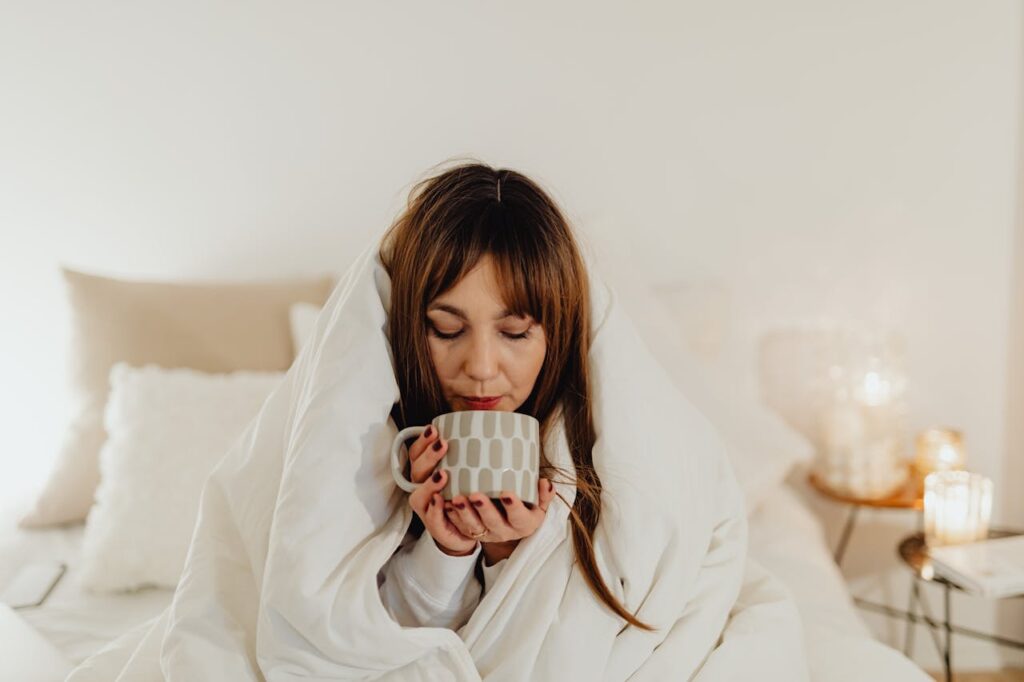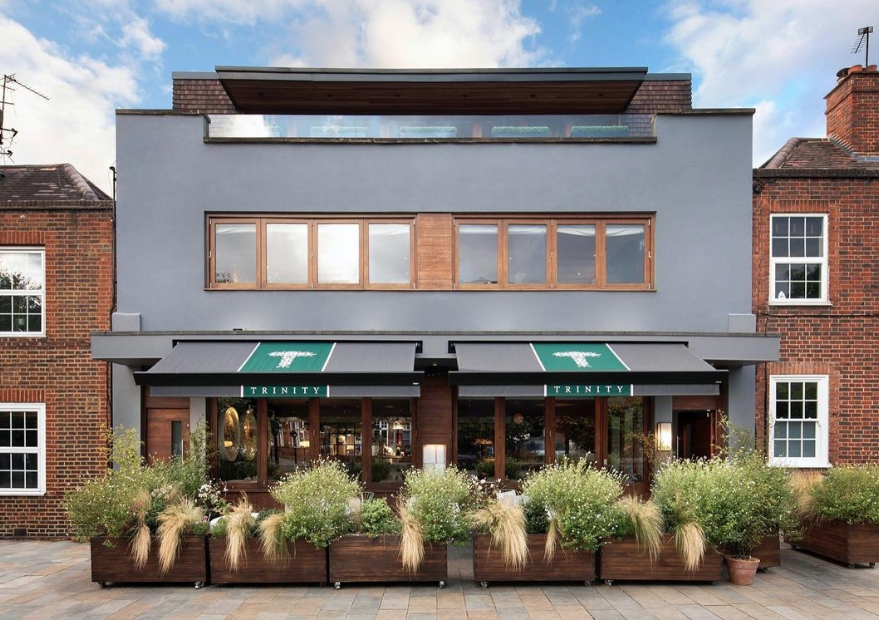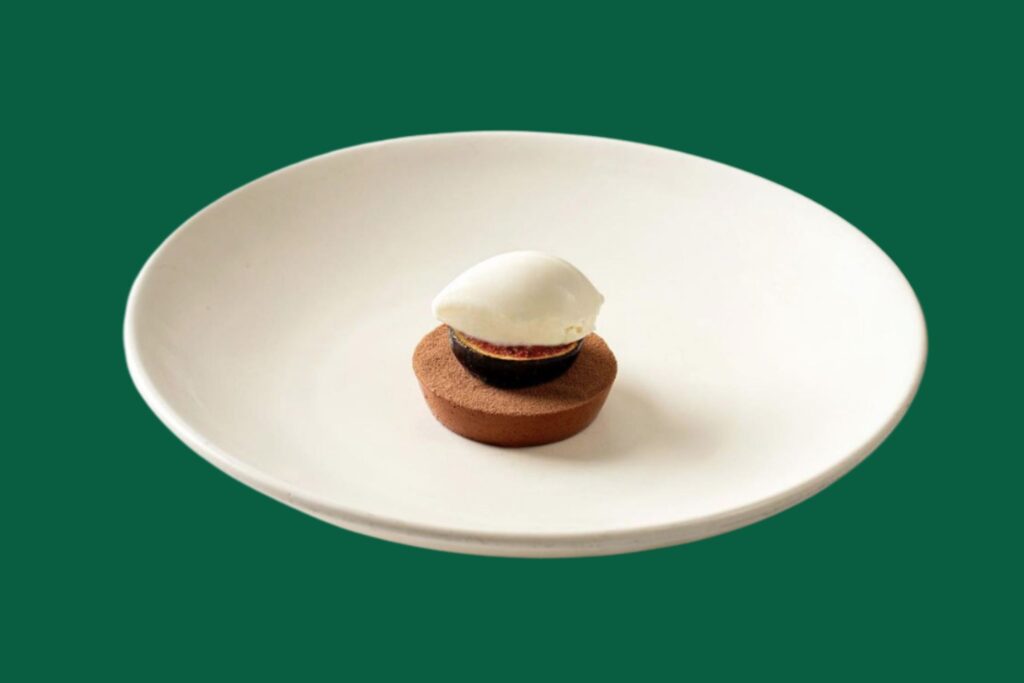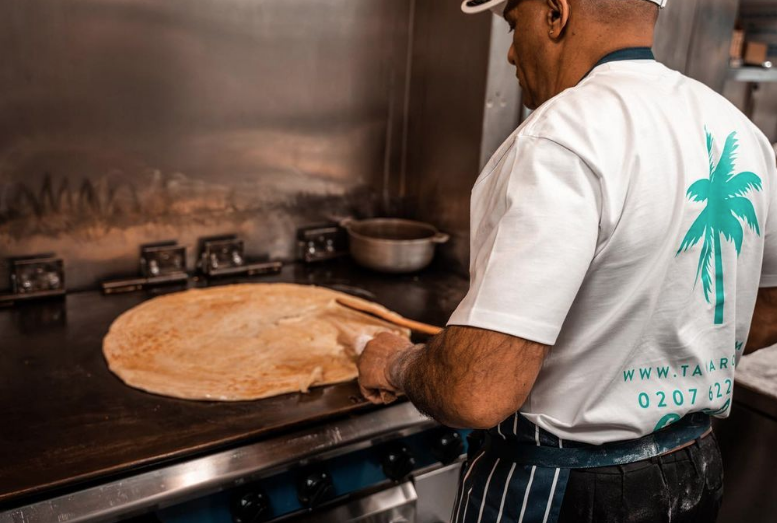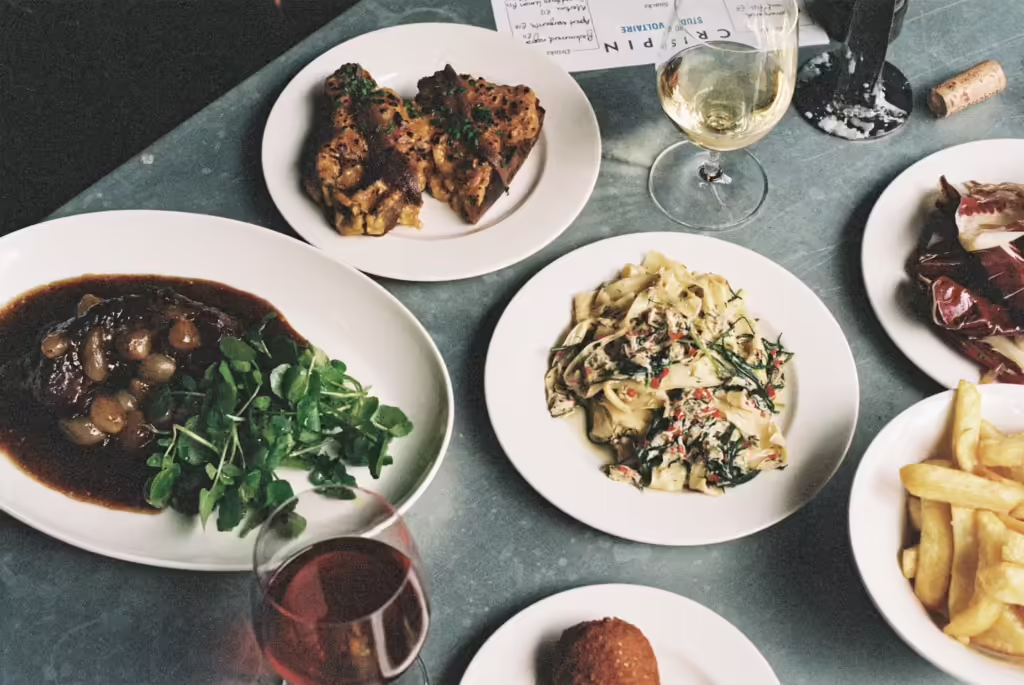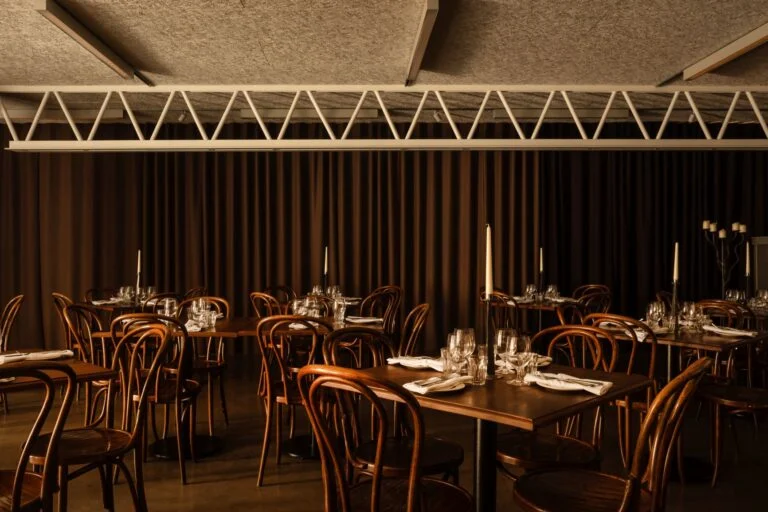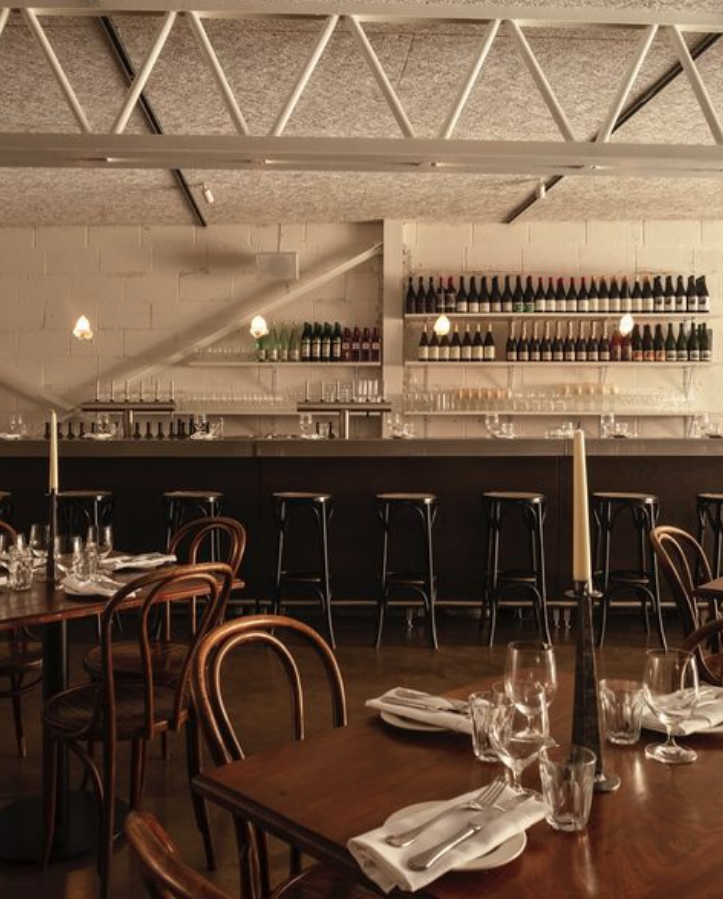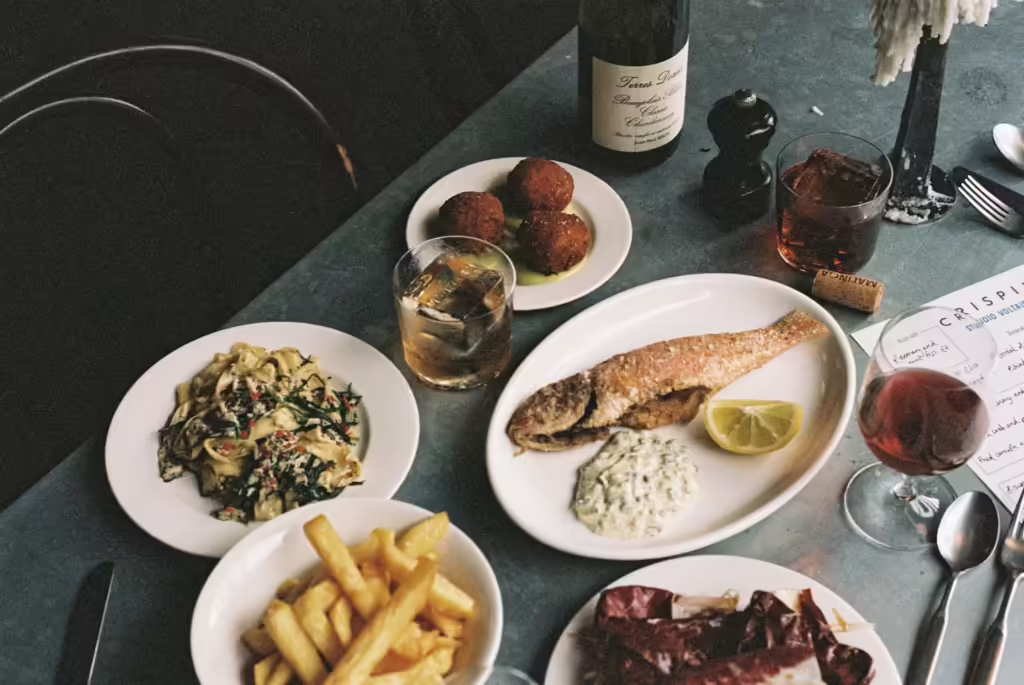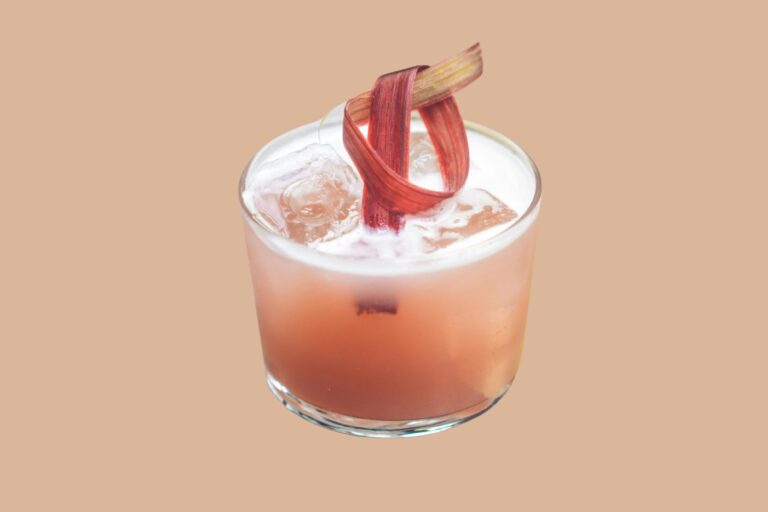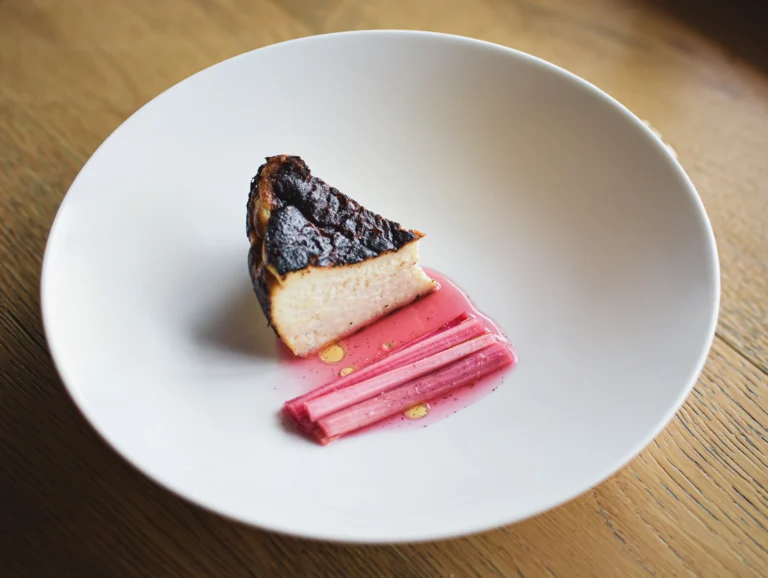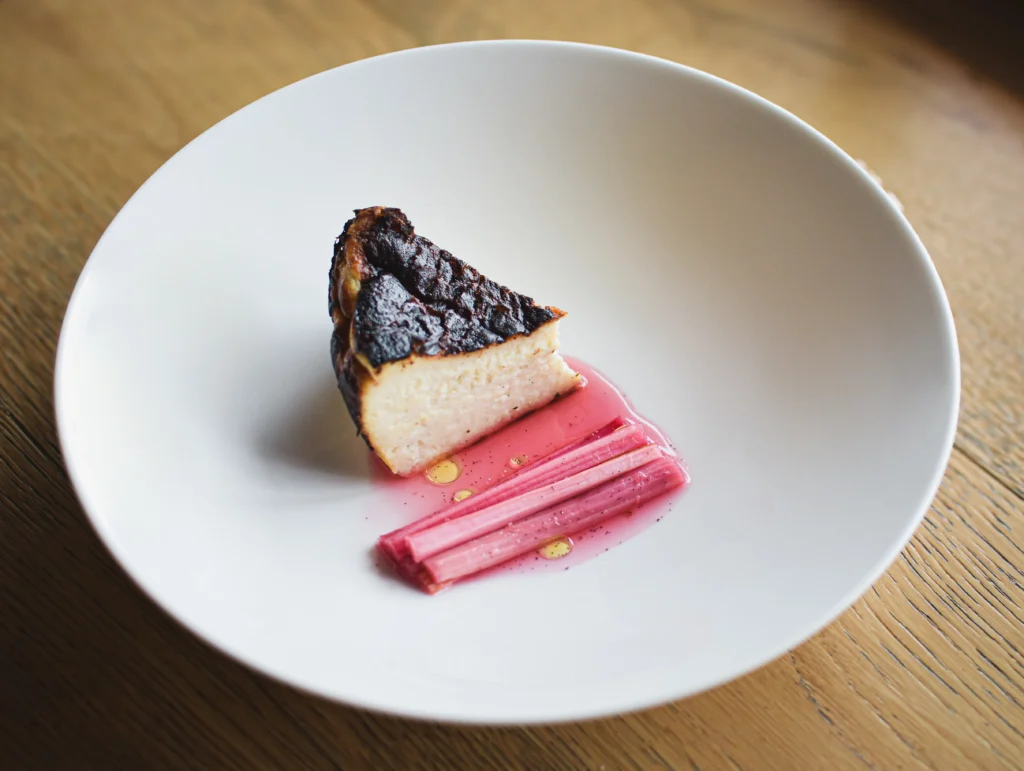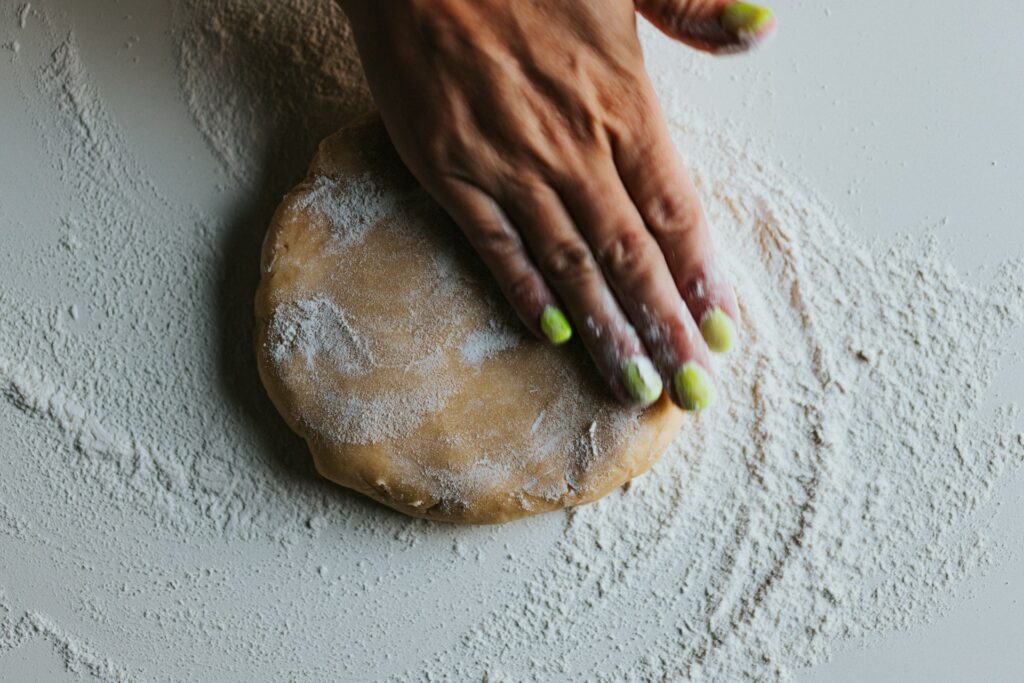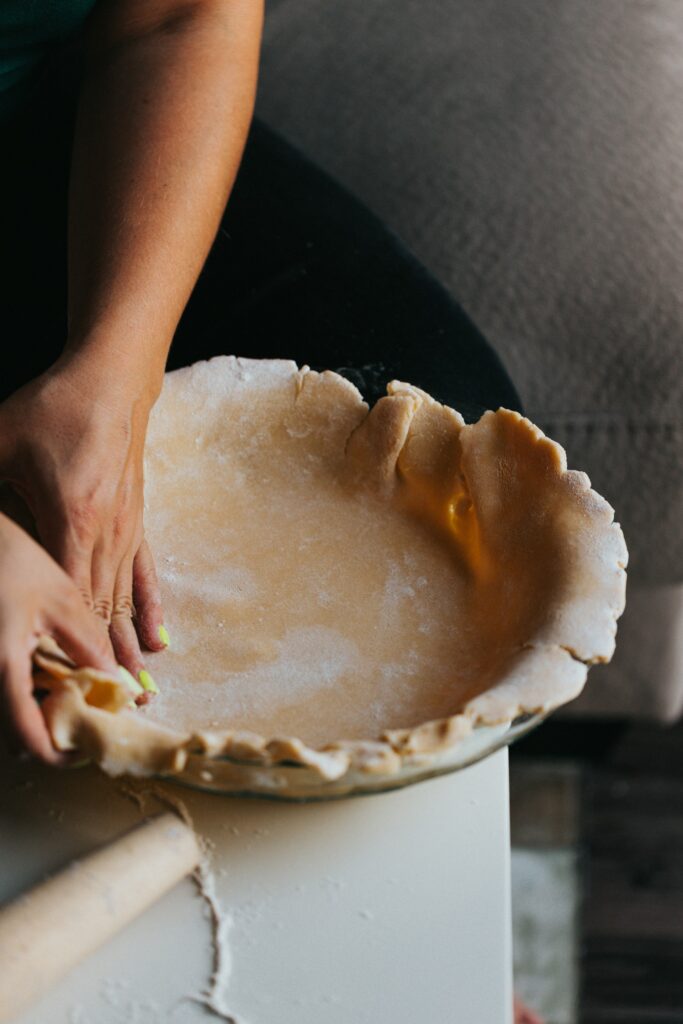Let’s face it – getting a good night’s sleep these days can feel like mission impossible. Between your phone buzzing with notifications, your mind racing with tomorrow’s to-do list, and that weird noise your neighbour keeps making, it’s no wonder you’re staring at the ceiling at 2 AM.
Are you sick of tossing and turning all night? You’ve probably already tried the usual advice – cutting out coffee after lunch, banishing your phone from the bedroom, and keeping a strict bedtime schedule. But what if none of that stuff is working for you?
Good news! March is National Bed Month (yes, that’s actually a thing!), and it’s the perfect excuse to try some fresh tricks for better shuteye. Martin Seeley, the sleep guru and CEO at MattressNextDay, has rounded up some truly unexpected sleep hacks that might just be your ticket to dreamland.
Forget everything you thought you knew about falling asleep. These seven weird-but-effective techniques go way beyond counting sheep. Let’s dive into some sleep tricks that sound bonkers but actually work!
Take A Bedtime Selfie (Seriously!)
Ideal for a supportive night’s sleep…
Ever thought your Instagram habit could actually help you sleep better? Grab your phone for one last selfie before bed – but this one’s for your spine, not your followers.
“Here’s an interesting trick – take a selfie while lying on your side” says Seeley. “If you draw imaginary lines down your face and torso, they should line up. If they don’t, your pillow might not be the right size for you, which is likely to be impacting your sleep quality. Even a small misalignment can increase tension in your neck and lead to discomfort.”
Yep, your pillow is might be all wrong for you, and that’s messing with your sleep. Think about it – you spend roughly a third of your life with your head on a pillow. If it’s not supporting you right, that’s thousands of hours of your neck being cranky!


“If your head tilts upwards, your pillow is too big, causing unnatural neck bending. If your head tilts downwards, it’s too small and isn’t providing enough support. Seeley explains. The goal is to keep your spine in a perfectly neutral, aligned position throughout the night.”
For side sleepers, you need a pillow that perfectly fills that gap between your ear and shoulder. Back sleepers usually need something thinner, and stomach sleepers might be better off with barely any pillow at all under their head (though tucking one under your hips might save your lower back from complaining in the morning).
So go ahead – take that bedtime selfie. Your neck will thank you, and you might just wake up without feeling like you’ve been in a wrestling match with your pillow all night.
Read: 7 tech solutions to help you sleep more soundly
Chug Some Sour Cherry Juice
Ideal for signficantly improving sleep quality…
Forget warm milk – it’s time to pucker up with some sour cherry juice instead!
“Drinking a cup of sour cherry juice before bed is like a secret weapon for sleep,” Seeley explains. “This is because sour cherries are one of the few food sources that contain melatonin – the hormone that plays a key role in regulating your sleep-wake cycle.”
Think of melatonin as your body’s built-in ‘lights out’ signal. While you could pop a supplement, getting it from a natural source like cherry juice comes with extra perks.
One study found that just a small shot of cherry juice (about 30ml) 30 minutes before dinner for a week helped people sleep longer and better. That’s barely more than a shot glass of juice! They increased their sleep time and sleep efficiency (the percentage of time in bed where a person is sleeping).

And if you’re really struggling with sleep? Another study had insomniacs drink about a cup of cherry juice in the morning and another cup before bed. After two weeks, they were sleeping an extra 84 minutes each night!
Try to find the unsweetened kind – all that added sugar in some brands might counteract the sleepy benefits. If it’s too tart for your taste buds, mix it with a little bit of another juice you enjoy. Just make it part of your regular routine rather than a once-in-a-while thing to get the full benefits.
Try The Cognitive Shuffle Technique
Ideal for switching your brain off…
Ever notice how your brain loves to throw a mental party just as you’re trying to drift off? “Hey, remember that embarrassing thing you did 12 years ago? Let’s think about that now!” Your brain can be such a pain sometimes.
Here’s a cool trick to shut down that late-night thought carnival:
“If you’re lying in bed and struggling to sleep, try thinking of random items in your head that are easy to visualise, non-threatening, and unrelated to one another.” Seeley suggests. Picture a potato, then Tarzan swinging through trees, then a violin, then a forest. If you get stuck, just work through the alphabet – apple, banana, cat, doorknob…

This oddball technique has a fancy name – the Cognitive Shuffle – and was cooked up by a brain scientist named Dr. Luc Beaudoin. It works because your brain gets so confused trying to connect these random thoughts that it eventually gives up and drifts off to sleep.
“Your brain basically gets so perplexed by these random images that it crashes like an overloaded computer and reboots into sleep mode”, Seeley explains.
The key is keeping the images simple and concrete. Thinking about a chair or a sunflower works better than abstract concepts like ‘justice’ or ‘beauty’. Also, keep it positive – nobody falls asleep easily while visualising spiders or dentist appointments!
Most people conk out within 5-15 minutes of playing this mental game of random association. The best part? You probably won’t even remember falling asleep – one minute you’re thinking about flamingos, the next thing you know, your alarm is going off.
Read: Do sleep teas actually work? The science behind your bedtime brew
Put On Some Cosy Socks…
Ideal for regulating your body temperature…
Wait, aren’t you supposed to keep cool for better sleep? Here’s the plot twist – warming up your feet might actually help cool down your core and send you to dreamland faster.
“Wearing socks to bed, especially ones made of natural fibers like Merino wool, can help regulate your body temperature,” Seeley explains. “This can signal to your body that it’s time to sleep.”
The science behind this is pretty wild. A study in Nature found that warming your feet before bed helps you fall asleep faster. It sounds backwards, but here’s the deal: warming your feet makes your blood vessels open up, which actually helps lower your core body temperature – and that dropping temperature is what tells your brain it’s bedtime.
Think of it like opening the windows in a hot house – the heat escapes through your extremities when those blood vessels dilate.
Merino wool socks are the MVP here because they’re not like those sweaty synthetic socks that make your feet feel like they’re wrapped in plastic. Wool breathes and can soak up moisture while still feeling dry against your skin, so you get the warmth without the swamp feet.
Not a sock-in-bed person? No problem! Try a quick warm foot bath before bed or a hot water bottle at the foot of your bed for similar benefits. This trick is especially awesome for people whose feet feel like ice cubes most of the time – you know who you are!

Go Lie On The Floor (No, Really)
Ideal for frustrated insomniacs who’ve turned their bed into a stress zone…
This one sounds a bit nuts, but when you’ve been staring at the ceiling for what feels like forever, sometimes you need to shake things up dramatically.
“When your bed starts feeling like a stress zone, get up and go lie on the floor in a completely different room – preferably somewhere cooler,” suggests Seeley. “Grab a yoga mat or something soft, and just chill there for about 10-15 minutes.”
It’s like the sleep equivalent of turning your computer off and on again when it freezes.
“This works because it completely breaks the frustration cycle you’re stuck in,” Seeley explains. “The new environment, different surface, cooler temperature – it’s like hitting the reset button on your brain’s sleep circuits. It’s giving your mind a totally new stimulus to process instead of the ‘why can’t I sleep?!’ thoughts.”
The cool thing is, this hack works on multiple levels. The firmer surface can sometimes ease back tension, the cooler air helps lower your body temp, and the simple act of doing something different interrupts that spiral of sleep anxiety.
This technique borrows from a legit insomnia treatment where therapists tell people to get out of bed if they can’t sleep within 20 minutes. The idea is to stop your brain from associating your bed with the frustration of not sleeping.
After your floor time, head back to bed. Most people find they’re suddenly drowsy and ready to drift off. If not, you can always hit the floor again – just don’t spend the whole night down there, or you’ll wake up feeling like you’ve been hit by a truck!
Flip Your Sleeping Position
Ideal for tricking your body into a new relaxation state…
When sleep’s playing hard to get, sometimes all you need is a change of perspective – literally!
In a similar vein to the above point, if you’ve been lying there forever and can’t doze off, try something totally different by switiching up your sleep position. “Try sleeping with your head at the foot of the bed or experiment with an inclined position. This isn’t just about being different – it can have real physiological benefits.” Seely advisies.
Sure this sounds like something you’d do at a weird slumber party, but it might just be your ticket to Sleepytown.
Changing how you’re oriented in bed can improve your circulation, might reduce snoring, and can even help with acid reflux. Our bodies get into ruts, and sometimes a small change can bring surprising relief. It’s like tricking your body into forgetting its usual sleep hang-ups.”


For folks dealing with acid reflux or sleep apnea, switching positions can be a real game-changer. Elevating your head a bit might help you breathe easier and keep stomach acid where it belongs.
This trick also works on a psychological level – giving your brain a new physical puzzle (“hey, this is different!”) can distract it from whatever worries were keeping you awake.
For couples, occasional position-swapping can also help when one person’s tossing and turning is keeping the other awake, or when one of you runs hot and the other cold. Just maybe give your partner a heads-up before they wake up to find your feet where your head usually is!
Try To Stay Awake (No, That’s Not A Typo)
Ideal for reducing sleep performance anxiety…
Here’s the most backwards-sounding advice ever: if you can’t sleep, try really hard NOT to fall asleep. It’s so crazy it actually works!
“Try not to fall asleep,” Seeley suggests with a straight face. We know it sounds completely bonkers, but deliberately trying to stay awake can actually help you conk out faster. It’s a mind trick that takes the pressure off, and that pressure is often what’s keeping you wide-eyed in the first place.
Indeed, sleep performance anxiety is totally a thing. The harder you try to force yourself to sleep, the more elusive it becomes – like trying to remember the name of that actor while someone’s snapping their fingers saying “Come on, you know this!”
“A fascinating study from the University of Pennsylvania found that participants who practiced paradoxical intention experienced significantly reduced sleep anxiety”, explains Seeley. When you flip from ‘I MUST sleep right now!’ to ‘I’m going to try to stay awake,’ you take all that performance pressure off, and sleep can sneak up on you naturally. “It’s like telling your brain to stop trying so hard.” says Seeley.
To try this yourself, get comfy in bed with the lights dimmed, and just tell yourself you’re going to stay awake but remain relaxed. Don’t cheat by scrolling TikTok or doing jumping jacks – just lie there, letting yourself rest while gently “resisting” sleep.
The trick is to be casual about it. Don’t actively fight sleep like you’re in a horror movie – just don’t chase after it either. Most people find that within 15-20 minutes of this reverse psychology, their eyelids get heavy all on their own.
This works especially well for those nights when your main sleep problem is stressing about not sleeping. It’s like trying not to think about pink elephants – the more you try not to, the more they parade through your mind. Sleep works the same way in reverse!
The Bottom Line
So there you have it – seven sleep hacks that sound totally weird but might just be your ticket to Dreamland. From bedtime selfies to cherry juice shots to literally lying on the floor, sometimes the path to better sleep means trying something completely out of the box.
Everyone’s sleep chemistry is different – what works like magic for your friend might do absolutely nothing for you. Don’t be afraid to experiment and mix things up until you find your personal sleep cocktail.
If you’ve been battling serious sleep issues for weeks or months, it might be worth chatting with a doctor too. Sometimes there’s more going on, and a pro can help sort it out.
Here’s to celebrating National Bed Month with some quality Zzzeds! Sweet dreams!























